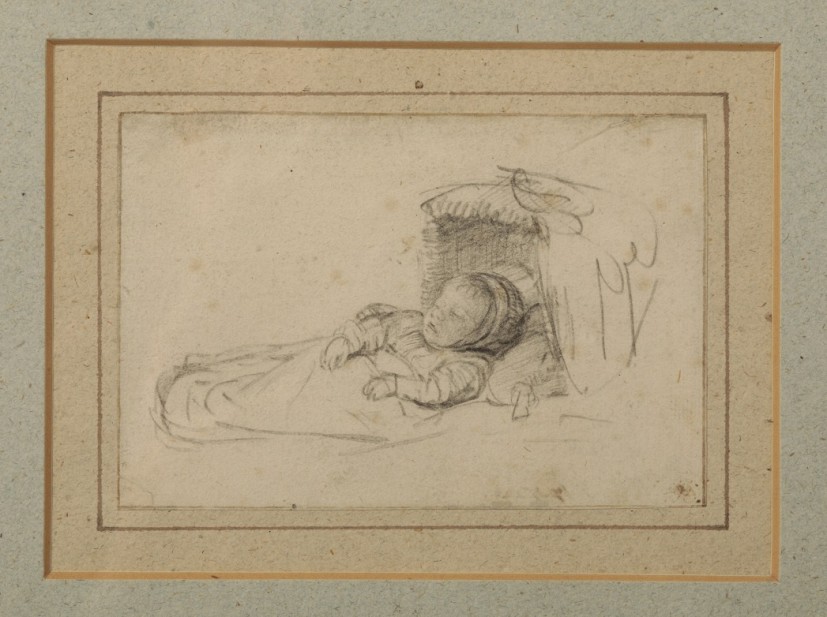The British Museum has recently acquired the latest addition to its collection of drawings made by the Dutch master Rembrandt, a black chalk sketch dubbed "A baby in a cap sleeping in a cradle" whose acquisition was made possible by the Acceptance in Lieu scheme from England's Art Council.

A Drawing of Rembrandt's Son, Titus
This illustration adds to the institution's extensive selection of works on paper made by the artist, comprising more than 1,000 prints and 72 drawings of his, alongside 300 drawings made by his pupils.
According to the museum's release, the public will be able to publicly view this recently acquired drawing and see Rembrandt's gift of depicting human life, especially that of infants enjoying the season of spring.
The chalk sketch was used by the master as a study of the infant Christ within his "Holy Family" painting, which was particularly signed and dated to 1645, at the Hermitage Museum, St. Petersburg.
In addition, the drawing itself was adapted from life and is believed to have been modeled after the artist's son, Titus.
That said, bearing the fact that the sketch was used as a reference for the 1645 painting, it would mean the drawing was older than the child thought to have been depicted, which would discredit the particular notion that the subject is Titus.
Read also: 'Drawing Places': Thousands Visit Local Artist's Exhibition Celebrating Wolverhampton Scenery
Provenance for the Rembrandt Work
The history of provenance for the piece is long and distinguished as it spent over 200 years in private collections all over Britain. Its inclusion in said selections reflects the country's attachment to Roembrandt's works during the 18th century.
One allure that these collectors can't shake off is the artist's expressive style, which not only inspired the urge to hoard the artist's work but also pushed the overall direction of contemporary British art.
Perhaps, Rembrandt's influence is best seen in works by Sir Joshua Reynold, who is also a self-professed collector of the artist's pieces.
This positive reception of the Dutch master's artistry in the country is directly reflected by the history of the British Museum's Rembrandt collection.
The newly acquired drawing, specifically, was previously owned by some of the most notable British collectors including the famed Victorian painter Sir Frederic Leighton, further solidifying the notion of Rembrandt's significance within the country's history of art.